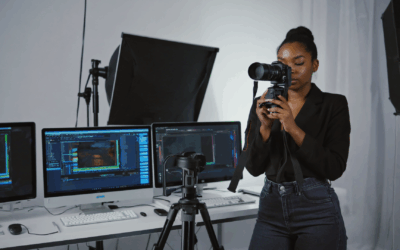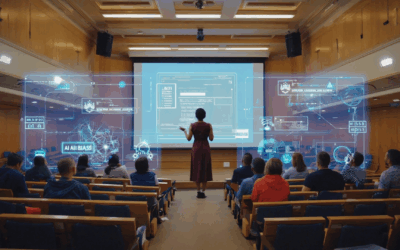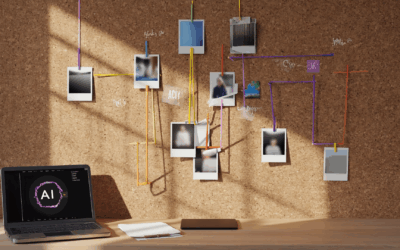In the world of photography and digital imagery, enhancing the quality and visual appeal of photos has always been a challenging process. Traditional enhancement methods often require advanced technical skills and several rounds of trial-and-error editing. Artificial Intelligence (AI) comes into the picture with innovative solutions that significantly improve photo enhancement techniques. In this article, we’ll explore how Artificial Intelligence is revolutionizing imagery through state-of-the-art photo enhancement algorithms and tools.
Table of Contents
History of AI in Photo Enhancement
Artificial Intelligence has undergone a series of developments since its inception in the mid-20th century. It was during the 1990s and early 2000s when AI techniques were initially applied to image processing and enhancement. However, the technology was still nascent, and results were far from perfect. In recent years, the advent of Deep Learning techniques, especially Convolutional Neural Networks (CNNs), has led to a significant leap in the AI-driven photo enhancement process.
AI-based Photo Enhancement Techniques
There are several AI-based photo enhancement techniques that help in improving image quality while reducing the time and effort required for manual editing. We will discuss the following techniques in detail:
Super-Resolution
Super-Resolution is an AI-based enhancement technique that aims to increase the resolution of an image, making it clearer and more detailed. Traditional upsampling methods usually result in blurred or pixelated images. However, AI-driven super-resolution algorithms use Deep Learning to predict and fill missing high-frequency details, giving a remarkably sharper and higher quality output.
Image Colorization
Image colorization has always been a tedious process, requiring manual input from artists and designers. AI-based colorization tools, on the other hand, can analyze and predict the color values in a black-and-white image by applying Deep Learning techniques. This not only transforms old monochrome images into beautiful colored photographs but also saves a considerable amount of time and resources.
Noise Removal and Sharpening
Noisy images containing artifacts, pixelation, or graininess can be significantly improved through AI-based noise removal techniques. These algorithms analyze the image, identify noise patterns, and reconstruct a cleaner, sharper version without any visible distortion. The result is an enhanced image with finer details and improved visual quality.
Style Transfer
Style transfer is a popular AI-driven photo enhancement technique that involves transferring the artistic style of one image onto another. This technique uses Deep Learning algorithms to understand and replicate the intricate patterns, textures, and other visual elements of famous artworks or custom styles, creating unique and compelling images.
Limitations and Challenges
Despite the incredible advancements in AI-based photo enhancement, there are certain limitations and challenges that the technology faces:
- Dependency on data: High-quality results depend on vast volumes of training data, which might not always be available for specific tasks or use-cases.
- Generalization: AI models might not always generalize well across various image types and subjects, potentially affecting the enhancement quality.
- Computational resources: Complex algorithms require significant computational power, making it difficult for casual users to access and use such technology.
Popular AI Photo Enhancement Tools
Several tools and platforms offer AI-based photo enhancement solutions. Some popular ones include:
- Let’s Enhance: A simple yet powerful tool for upscaling and enhancing images using AI algorithms.
- DeepArt: An AI-powered platform that allows users to create artistic images with various style transfer options.
- Topaz Labs’ DeNoise AI, Gigapixel AI, and Sharpen AI: A suite of software that uses AI techniques to remove noise, upscale images, and sharpen details, respectively.
- ImagenAI: A platform that provides AI-driven photo editing and enhancements for professional photographers and businesses.
Future Developments in AI Photo Enhancement
As advancements in AI and Deep Learning continue to thrive, the possibilities for improving image enhancement techniques are virtually limitless. In the future, we could expect:
- Real-time AI-driven photo enhancement on smartphones and other portable devices.
- Increased accessibility to AI-driven tools and platforms for both amateur and professional users.
- Collaborative efforts between AI developers and photographers in creating novel, unimaginable imagery.
In conclusion, Artificial Intelligence has enhanced the way we capture, process, and edit images. By automating and simplifying photo enhancement tasks, AI offers a significant advantage over traditional methods. As technology continues to evolve, we can expect more accessible, efficient, and powerful tools at our disposal, ultimately revolutionizing the world of digital imagery.




0 Comments